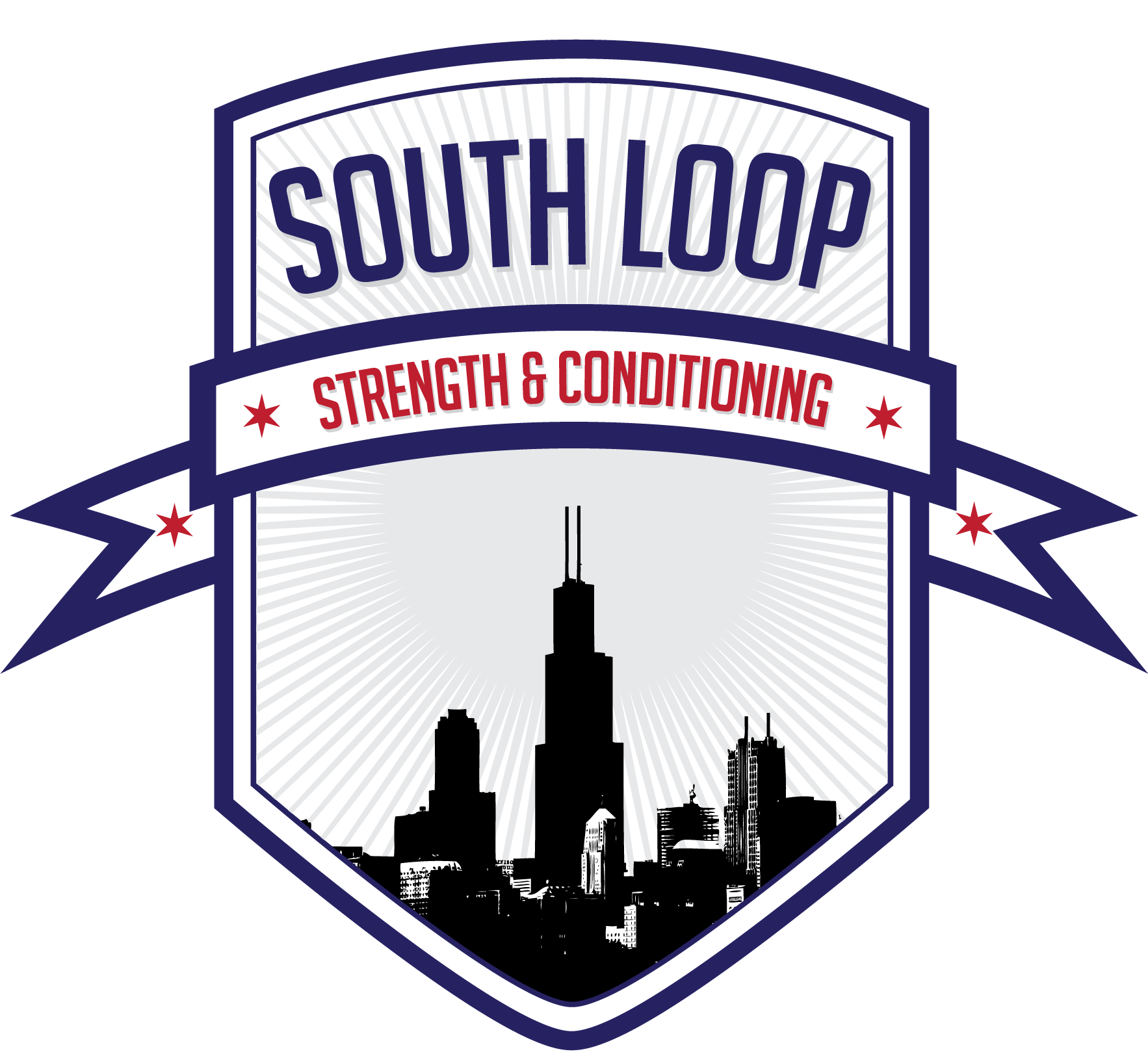Here’s the updated template that I’ve been using to evaluate coaching classes.
The goal here is to have a checklist of behaviors that we want to see in every single class so it makes it easy to evaluate whether or not we’re hitting the major, important pieces that ensure our members have not just a great workout, but also a great experience in the gym.
This also gives me areas to focus on during evaluation as well as during follow-up meetings – so, rather than having some disjointed notes, we have a framework for discussion.
This should give coaches a much clearer picture of what we want to prioritize as well. It’s easy to get lost in minutiae, details, and logistics management while coaching, so – by sharing this framework – I hope that our coaches and our members are able to prioritize what is really important during our classes.
And, if we start to notice patterns over time in terms of things being done particularly well, we can export those behaviors to all of the other coaches.
If we notice regular struggle with a certain behavior, we can dig into more detailed coaching on that piece during one-on-ones or coaches meetings – or we can figure out if there’s something in the class environment that is causing problems.
WARM-UP
Warm-up is appropriate for the class (ie not just “400m run”)
*Note: There’s nothing wrong with starting with an easy aerobic piece for warm-up, but the warm-up should lead into and address the movements and/or energy systems that will be trained on a given day.
Did they introduce new people and make sure that people in the class know each other and feel comfortable talking to each other?
Note: Address people by name – especially new people! Their default assumption is that you don’t know them, you don’t care about them and that they’re going to be lost in the class. Make them comfortable.
Notes:
EACH SECTION OF TRAINING
The music is off while talking (not just turned down)
Explanation of workout includes discussion of why we’re doing the training/what the training should feel like.
Note: People can read. Your role as a coach is not to read the whiteboard to them – it’s to give them context for why we’re doing a specific session and where it fits into the bigger picture of their training.
Logistics of set-up are controlled preemptively – not reactively
Note: This includes not just dictating where the class sets up their equipment, but making sure that there will be no conflict between the class and other people training (personal training, Elements, open gym, weightlifting)
If applicable, a dry run is done of the movements in a conditioning piece
Individual contact is made with each person during each training piece
Note: Don’t just stay in the front of the class or in the center of the rig. Even if you’re not saying anything, people feel your presence as a coach as you move around the room – and they start doing a better job when you’re close to them.
Non-verbal communication is open and welcoming
Note: Little things like standing with your arms crossed, keeping your distance from members as they’re training, etc. can make people uncomfortable approaching with questions – and it can also make them feel like they’re on their own in the class.
Seeing and correcting
Note: This section is for recording any noticings regarding the coach’s ability to see and correct movement during class. This can include things that they’re missing, cues that they used that are clever or particularly helpful, suggested scaling or modification tactics, etc.
Notes:
COOLDOWN/END OF CLASS
There is a clear wrap-up to the end of class
Note: This can include a group discussion of the day’s training if time allows, or it may be just some words of wisdom as members put away their equipment.
When applicable, the coach is present at the end of class to interact with members and answer questions
Note: Sometimes we run classes pretty tight together with minimal time between them. Other times, there’s a solid buffer between classes. Obviously, coaches should feel free to use this time to use the restroom, grab a snack, etc. However, they shouldn’t be consistently rushing off the floor. The end of class is a fantastic time to make a connection with members – and many members will have thoughts or questions that they don’t feel comfortable discussing during class.
Notes:

